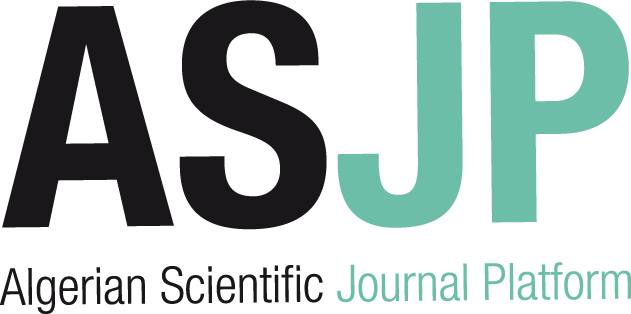[article]
| Titre : |
Effect of solution concentration on the attack of concrete by combined sulphate and chloride solutions |
| Type de document : |
texte imprimé |
| Auteurs : |
Manu Santhanam, Auteur |
| Année de publication : |
2011 |
| Article en page(s) : |
pp. 1003-1015 |
| Note générale : |
Génie Civil |
| Langues : |
Anglais (eng) |
| Mots-clés : |
Sulphate attack Seawater Solution concentration Compressive strength Thermal analysis Microstructure |
| Index. décimale : |
624 Constructions du génie civil et du bâtiment. Infrastructures. Ouvrages en terres. Fondations. Tunnels. Ponts et charpentes |
| Résumé : |
Seawater attack presents a number of challenges to the concrete designer. The combined attack by sulphates and chlorides in seawater involves a complicated mechanism. In a number of cases, such as in outfall tunnels of seawater desalination projects, there is a possibility of encountering magnesium sulphate solutions (or magnesium brine solutions) having higher concentrations than seawater. This paper reports an experimental investigation to understand the influence of the solution concentration of seawater on the performance of cement mortars, through a combination of physical, chemical and microstructural analyses. Results indicate that higher concentrations of seawater do not cause the same level of damage as higher concentrations of groundwater relative to the typical seawater/groundwater solutions. The role of the brucite layer, formed on the surface during magnesium sulphate attack, is explored in detail to help understand the mechanisms governing the attack. |
| DEWEY : |
624 |
| ISSN : |
1964-8189 |
| En ligne : |
http://ejece.revuesonline.com/article.jsp?articleId=16503 |
in European journal of environmental and civil engineering > Vol. 15 N° 7 (Août 2011) . - pp. 1003-1015
[article] Effect of solution concentration on the attack of concrete by combined sulphate and chloride solutions [texte imprimé] / Manu Santhanam, Auteur . - 2011 . - pp. 1003-1015. Génie Civil Langues : Anglais ( eng) in European journal of environmental and civil engineering > Vol. 15 N° 7 (Août 2011) . - pp. 1003-1015
| Mots-clés : |
Sulphate attack Seawater Solution concentration Compressive strength Thermal analysis Microstructure |
| Index. décimale : |
624 Constructions du génie civil et du bâtiment. Infrastructures. Ouvrages en terres. Fondations. Tunnels. Ponts et charpentes |
| Résumé : |
Seawater attack presents a number of challenges to the concrete designer. The combined attack by sulphates and chlorides in seawater involves a complicated mechanism. In a number of cases, such as in outfall tunnels of seawater desalination projects, there is a possibility of encountering magnesium sulphate solutions (or magnesium brine solutions) having higher concentrations than seawater. This paper reports an experimental investigation to understand the influence of the solution concentration of seawater on the performance of cement mortars, through a combination of physical, chemical and microstructural analyses. Results indicate that higher concentrations of seawater do not cause the same level of damage as higher concentrations of groundwater relative to the typical seawater/groundwater solutions. The role of the brucite layer, formed on the surface during magnesium sulphate attack, is explored in detail to help understand the mechanisms governing the attack. |
| DEWEY : |
624 |
| ISSN : |
1964-8189 |
| En ligne : |
http://ejece.revuesonline.com/article.jsp?articleId=16503 |
|


 Ajouter le résultat dans votre panier Faire une suggestion Affiner la recherche
Ajouter le résultat dans votre panier Faire une suggestion Affiner la rechercheEffect of solution concentration on the attack of concrete by combined sulphate and chloride solutions / Manu Santhanam in European journal of environmental and civil engineering, Vol. 15 N° 7 (Août 2011)











